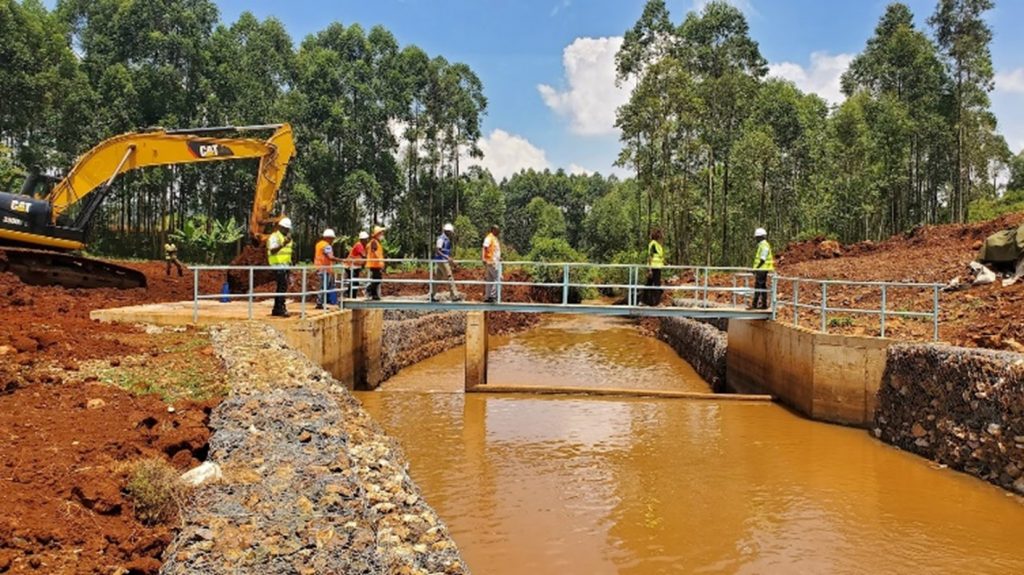Kiambu and Ruaka towns water and sanitation provision
Howard Humphreys has in the past been involved in the Kenya Towns Sustainable Water Supply and Sanitation Program (KTSWSSP). The programme aims to improve the access, quality, availability and sustainability of water and wastewater services in regional centres and towns. This is expected to catalyse commercial activities, drive economic growth, improve quality of life, and build resilience against climate variability and change.

KTSWSSP is structured in three components namely: water and wastewater infrastructures; institutional development support; and programme management. Howard Humphreys has been supporting the implementation of the water and sanitation infrastructure development in secondary towns across Kenya.
One of these projects is in Kiambu county i.e., Kiambu and Ruaka water and sanitation supply network. The project was intended to improve water access and bring sanitation services closer to people in these two urban areas. Kiambu and Ruaka towns are satellite towns serving as ‘dormitories’ for Nairobi working population. With rapid urbanization, urban development in these towns have continued without proper planning and mismatch of infrastructure provision.
Due to this, both towns tainted with chronic water waters, water rationing, high cost of water paid to vendors, time spent queuing for water and prevalent incidences of water borne diseases. Similarly, wastewater disposal is ill managed and its common practice to drain untreated wastewater into existing rivers, which end up being polluted, have open sewer drains along the walkways, children in close contact with wastewater and high exposure to diseases. In addition, the lack of proper infrastructure causes flooding within these urban areas causing wastewater and flood water into houses and businesses.
With the rapid urbanisation and space constraints, developers have been forced to develop onsite wastewater disposal mechanisms with a majority resulting to septic tanks and other soak pit. With the increasing demand of space, developers have resulted to small septic tanks that require frequent exhausting, and soak pits that are associate with ground water pollution. For those with septic tanks, the major challenge has been the high cost of disposal and lack of information on how the wastewater is managed upon leaving their sites. Residents claim that most of wastewater finds itself on the rural roads and rivers with minimal treatment.
Under this KWSSSTP, both towns profited with water and sanitation infrastructures i.e., water mains, water treatment plants, wastewater mains, wastewater treatments, boreholes, and ablution blocks. The new water lines have replaced the old dilapidate lines constructed over 50 years ago, aiding to reduce leakages and improving more access of safe and reliable to water by the communities in the two towns.
Similarly, installation of a sewer system, redirects raw sewage from along the roads and rivers, has improved the health of the residents and especially the children, reducing cases of waterborne diseases. The sewer system has allowed the county governments to construct additional ablution blocks as they now have a low-cost solution to the wastewater generated. The residents in the area have access to sanitation services with dignity, have more time for other activities other than searching for water, children can safely go to school and play outside.
The general “curb appeal” of an area improves in the presence of a sewer system and availability of tapped water.
